One of the hardest things to pull off, in any medium, is to tell a story with genuine heart.

It's so rare, in fact, that if you can do it, it's usually enough. People will overlook everything else if you cause them to sincerely feel something.
But it's also so rare, in fact, that most attempts to accomplish it fail in horrific/hilarious ways.
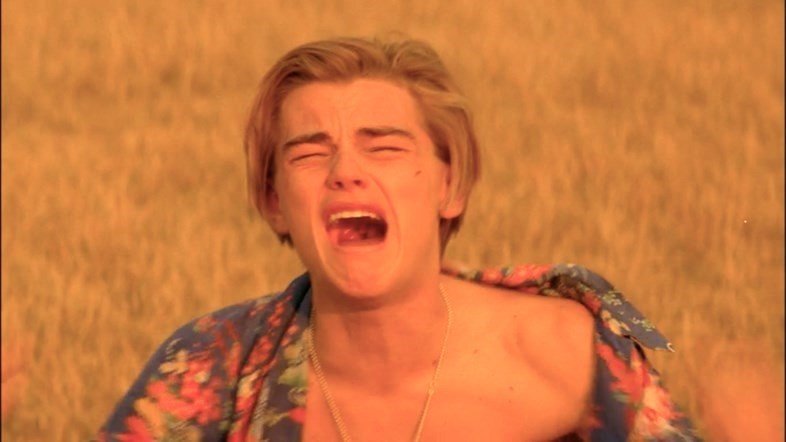
"Give me an Oscar plea...ea...ea...eaaaaase!"
And these backfires never fail to humiliate the poor fools who made the attempt. So, as a way of side-stepping the issue, a lot of writers, filmmakers, showrunners, and other creatives will simply drop the ball. A lot of characters end up being joyless portrayals, devoid of expression. Others will deflect emotion by being incredibly sarcastic and disingenuous.
A lot of directors have lived out their entire careers this way, giving their audiences nary a feeling at all.
And then you have someone like Hayao Miyazaki.
Where Artsy Meets Fartsy
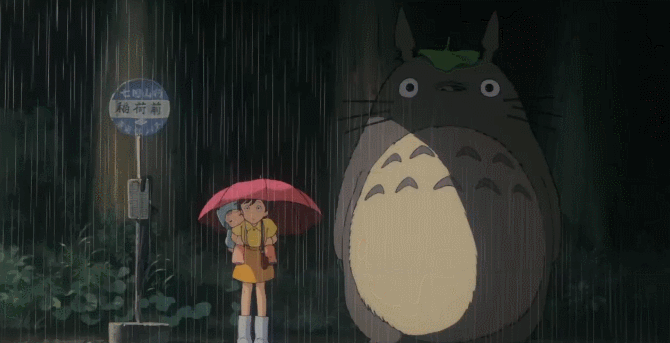
Miyazaki is so adept at creating genuine emotion that people are quick to pronounce him a genius, while overlooking his many flaws, including:
- His films often lack a central conflict or cohesive plot.
- His characters are often unsympathetic, bratty children or amoral and uncharitable adults.
- Any conflicts that do arise are usually remedied through last minute Deus ex Machina.
- Lingering questions---large questions about the nature of the world portrayed or the ultimate fates of certain characters---are often left unaddressed.
- Many of his "villains" are prone to inexplicable, last-minute changes of heart (once again brought about through Deus ex Machina). These turn-on-a-dime character changes go unaddressed even by the other characters.
- The protagonists are often passive characters who do little to influence the direction of the story.
- His films have an arthouse sensibility that moves them away from being stories and closer to being just a series of images.
But what is to stop us from going the opposite direction? If we instead begin at the present and work our way backward, we find that Miyazaki's films retain the same level of heart, yet lose the many accumulated flaws. So then, what if we go all the way back to the beginning?
Just what was Hayao Miyazaki's first motion picture, again?
The Legend of Lupin the 3rd
Once upon a time in the early 1900s, mystery novels began to become popular. And while the English-speaking world had its Sherlock Holmes, a more anti-heroic protagonist was making his debut in French.
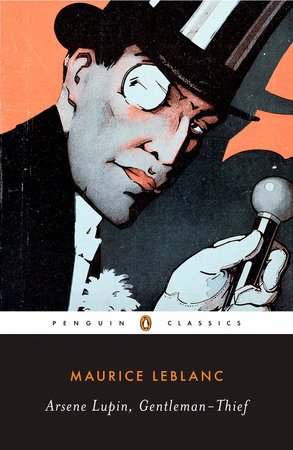
Arsene Lupin was a criminal garbed in the uniform of high society. He became the archetype of the gentleman thief which would be reused and reappropriated in crime and spy literature down to the present day. And while he was largely forgotten in some territories, he remained somewhat popular in Japan. Enough so that in the 1960s, a manga was published detailing the adventures of a supposed grandson of Arsene Lupin.
Thus Lupin III was born. And he was adapted into a number of other media, including both live action and animated cinema. There are a number of Lupin movies that you could compare. But why bother? Because The Castle of Cagliostro is undeniably the best.
A Warning about Translations
I should let you know, up front, that I was familiar with this movie long before it came to Netflix, or, indeed, before Netflix existed.
The version I am most familiar with is the DVD put out by Anchor Bay and Manga Video, which is notable for having a cover quote from Steven Spielberg calling it "...One of the Greatest Adventure Movies of All Time"
Which is an accurate assessment. But it's obvious that this is not the version that is available on Netflix. I believe that Netflix may have its hands on an older version, and I find its translation to be the less sterling of the two.
However, the Netflix version is superior in one way: it has the unaltered opening sequence, with full animation. My DVD freezes the animated scenes in the opening sequence, changing them into a series of still shots (this is done so that the opening credits can be fully translated into English). It's an unnecessary change that robs the movie of a few minutes of gorgeous animation.
I should also warn you that I have only watched the Netflix version with subtitles, and cannot vouch for the English dub.
With that out of the way, let's dive into the movie itself.
Lupin III: The Castle of Cagliostro
What is Hayao Miyazaki like when he brings his heartstring plucking skills out of the arthouse realm and solidly into an action movie?
Pretty freakin' explosive.
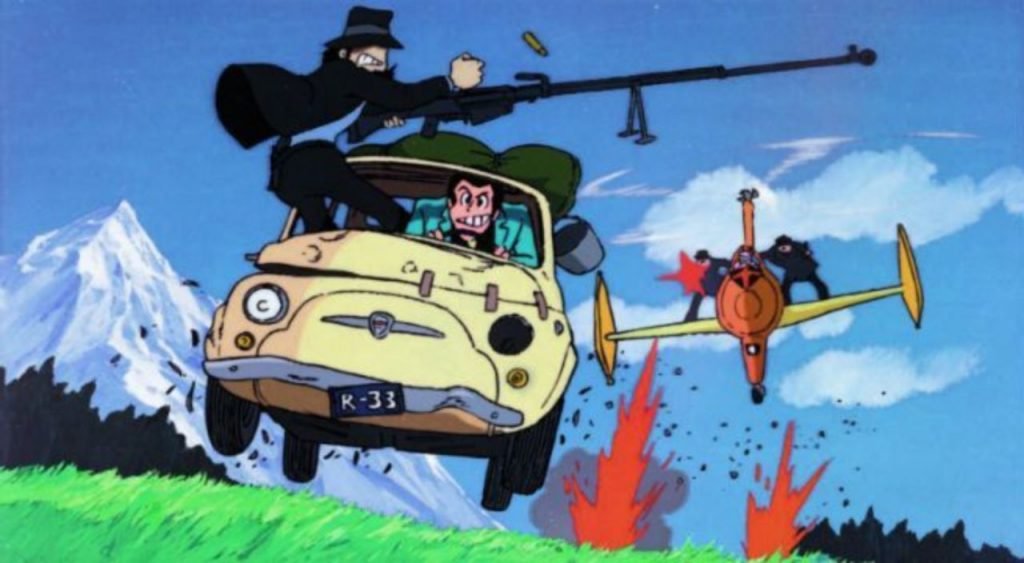
After a stunt-filled opening sequence where Lupin and his sidekick/marksman/mechanic Jigen rob the casino royale in Monaco, the pair decide to cast away their entire haul when they discover the money is counterfeit.
Why throw away money if it's convincing enough to even fool a major casino, you may ask? Because Lupin is now more interested in robbing the people who created the counterfeit bills in the first place, as they are by far the bigger target.
But he may have bitten off more than he can chew, because these counterfeits are the legendary Goat Bills ("Gothic Bills" in the Netflix translation), manufactured in the secretive European country of Cagliostro. Once ruled by a noble Duke, his mysterious passing has left control of the country in the hands of his cousin, the imperious Count of Cagliostro.
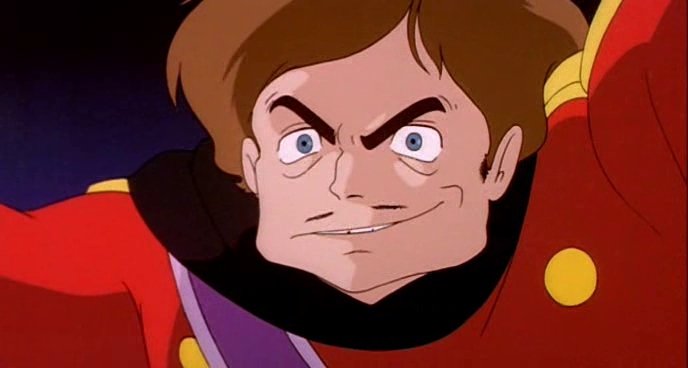
Who keeps his money-printing operation safely ensconced in the middle of an enormous castle equipped with security measures both ancient and modern. With a dungeon. And trapdoors. And turret guns. And ninjas. And lasers.
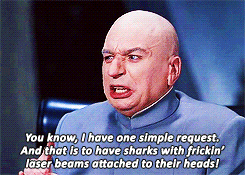
But having the ability to print literally infinite money is not enough for this mad count. Because there is an ancient legend of a treasure hidden somewhere within the borders of Cagliostro---a treasure that will only be revealed when the two ruling houses of the land are united. To this end, the count seeks to wed the daughter of his late cousin, the young and beautiful duchess Clarisse.
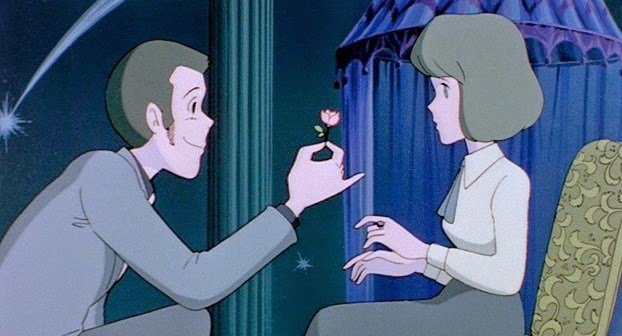
In an unusual move for the master thief, Lupin decides to rescue Clarisse, though his motivations are mysterious. It's true that he has a hard time letting down a pretty face, but even Jigen can tell that there is something different at play here.
Lupin publicly lets the count know that he plans to steal Clarisse, which prompts Interpol agent (and longtime Lupin nemesis) Inspector Zenigata to arrive in Cagliostro.
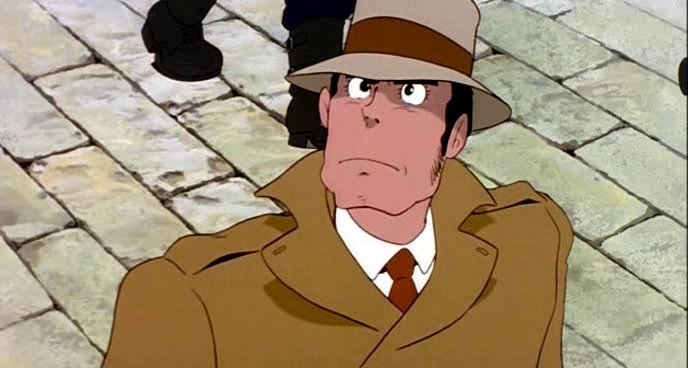
Now having to hide his counterfeiting operation from both Lupin and Interpol, the count may be ready to try something truly desperate.
The Action
I'll say it again: the action is explosive:
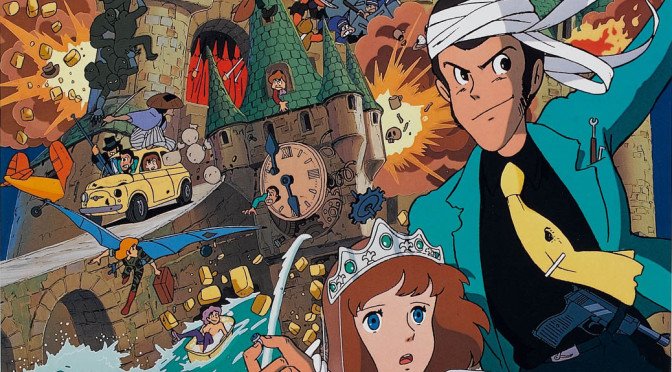
This is a story of a master thief sneaking into a booby-trapped super-castle. And whenever there isn't an absolutely insane car chase going on, there's usually an insane "sneaking around" scene going on.
They work in just enough slow moments to keep the movie balanced, and there are, thankfully, a few places where the audience can catch its breath.
And then another huge and impossibly choreographed fight scene happens.
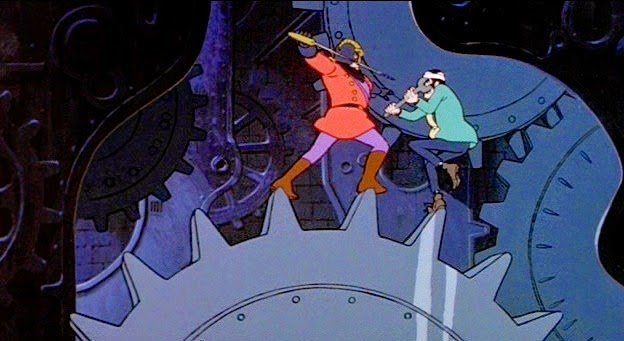
The tight structure of this movie ensures that there is never a dull moment, and the way it ratchets up the tension is delicious to take in. Every escape is always by the skin of the characters' teeth and every fight is always in the middle of some elaborate death trap.
That it manages to be so over-the-top without coming completely apart would be miraculous on its own. But, as with all of Miyazaki's films, it blossoms with so much genuine emotion that it keeps you invested in the action. No matter how elaborate the action gets, it never becomes completely ridiculous because, when it comes down to it, you actually care about whether the characters make it out of the current fight. When they are in danger, you feel it, and that is what allows the story to go to such extremes with its action without becoming boring.
The resulting ride is one where you feel all the ups and downs, and it is fantastic.
My Judgment
There are a few movies that I have, at one time or another, called my absolute favorite. The Lego Movie is one of them. Scott Pilgrim vs. The World is another. But the first one to ever hold that honor, and perhaps the last one as well, is The Castle of Cagliostro.
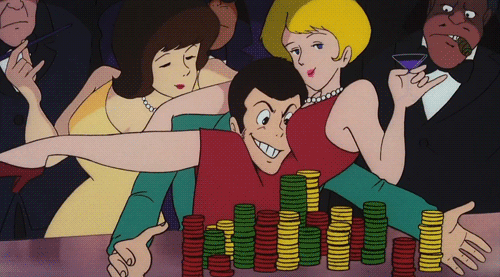
If nothing else, it is the best action movie ever made. Period.
It is also one of the best animated movies ever made. And certainly one of Hayao Miyazaki's finest. That so few people outside of Japan are familiar with it is nothing short of a collective sin borne by humanity.
You will likely not find a better movie on Netflix, though you should search high and low from here to the end of your days. I cannot praise it enough. And you can say nothing to convince me otherwise.
Add it to your queue and watch it at the earliest possible opportunity. Do not indulge in any other Netflix offerings until you know what this film is. Once you do, you will understand why.
Previous entries in the Netflixing series:
Past Years
TV Shows
Movies
